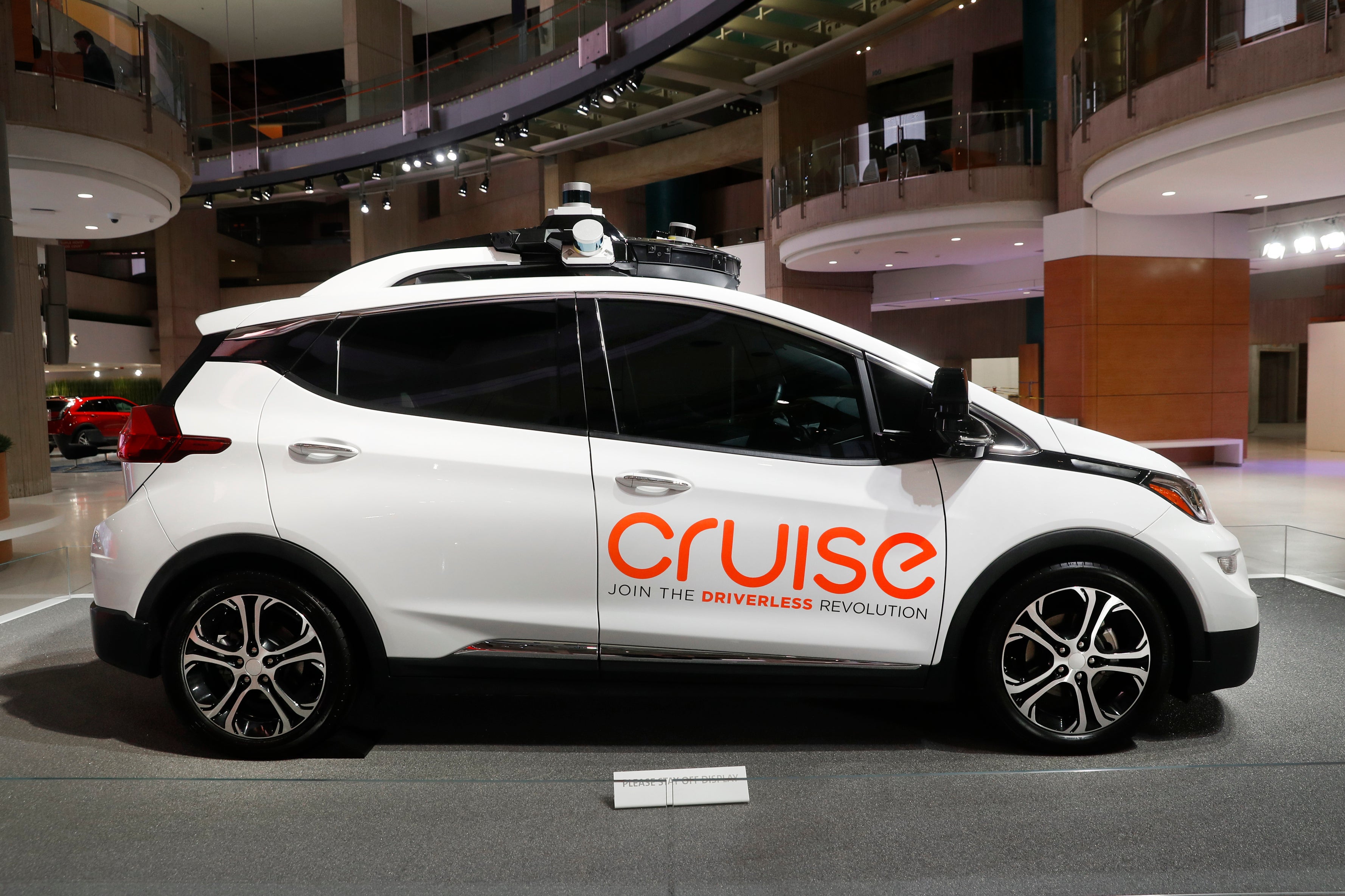GM's Cruise to start testing robotaxis in Phoenix area with human safety drivers on board
General Motors’ troubled Cruise autonomous vehicle unit says it will start testing robotaxis in Arizona this week with human safety drivers on board

Your support helps us to tell the story
From reproductive rights to climate change to Big Tech, The Independent is on the ground when the story is developing. Whether it's investigating the financials of Elon Musk's pro-Trump PAC or producing our latest documentary, 'The A Word', which shines a light on the American women fighting for reproductive rights, we know how important it is to parse out the facts from the messaging.
At such a critical moment in US history, we need reporters on the ground. Your donation allows us to keep sending journalists to speak to both sides of the story.
The Independent is trusted by Americans across the entire political spectrum. And unlike many other quality news outlets, we choose not to lock Americans out of our reporting and analysis with paywalls. We believe quality journalism should be available to everyone, paid for by those who can afford it.
Your support makes all the difference.General Motors' troubled Cruise autonomous vehicle unit said Monday it will start testing robotaxis in Arizona this week with human safety drivers on board.
Cruise said that during the testing, it will check the vehicles' performance against the company's “rigorous” safety and autonomous vehicle performance requirements.
Testing will start in Phoenix and gradually expand to Scottsdale, Tempe, Mesa, Gilbert, Chandler and Paradise Valley, the company said. The vehicles will operate in autonomous mode, but the human drivers will be ready to take over if needed as the company takes a step toward resuming driverless operations.
Human drivers are important in testing the vehicles' performance “and the continuous improvement of our technology,” Cruise said.
Cruise suspended operations in October when one of its Chevrolet Bolt autonomous electric vehicles dragged a San Francisco pedestrian roughly 20 feet (6 meters) to the curb at roughly 7 miles per hour (11 kilometers per hour), after the pedestrian was hit by a human-driven vehicle.
But the California Public Utilities Commission, which in August granted Cruise a permit to operate an around-the-clock fleet of computer-driven taxis throughout San Francisco, alleged Cruise then covered up details of the crash for more than two weeks.
The incident resulted in Cruise’s license to operate its driverless fleet in California being suspended by regulators and triggered a purge of its leadership — in addition to layoffs that jettisoned about a quarter of its workforce — as GM curtailed its once-lofty ambitions in self-driving technology.
A new management team that General Motors installed at Cruise following the October incident acknowledged the company didn’t fully inform regulators.
Phil Koopman, a professor at Carnegie Mellon University who studies autonomous vehicle safety, said Phoenix is a good choice for Cruise to restart its operations, in part because it has less stringent regulations than the company faced in San Francisco.
The Phoenix area also has broad streets instead of narrow ones like San Francisco, and it has less traffic and fewer emergency vehicles, which caused problems for Cruise in San Francisco, he said.
“Good for them for being conservative," Koopman said. "I think that in their position, it's a smart move.”